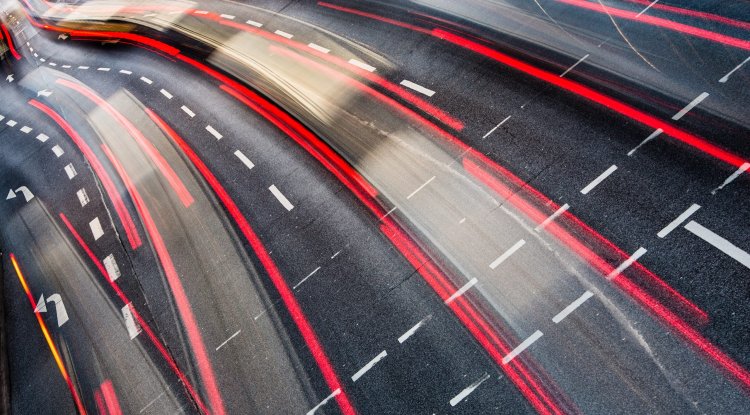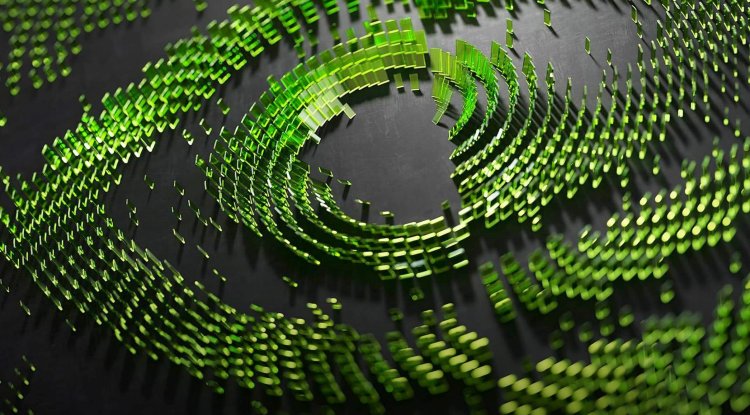PROFESSIONAL PHOTOS: exposure effects
A classic example of long exposure is the street at night with passing cars whose lights are visible as the lines of the road they passed.

Long exposure photos look impressive and are most often associated with professional DSLR cameras. What if we told you you can take photos like this with your phone?
Before we start with specific tips, we need to clarify the concept of exposure, and why photos work very well when we set the exposure to high values. The long exposure is related to the shutter speed of the camera and serves to determine how much light can fall on the camera sensor.
The basic idea of a long exposure is to show the movement of someone or something over time in a static image. This is exactly what we achieve with a slower shutter speed, which is marked with the letter S on cameras and phones. A classic example of long exposure is the street at night with passing cars whose lights are visible as the lines of the road they passed.
You can’t see the cars in the picture, only their lights. This is because the shutter was open longer, and the sensor captured static objects (buildings and surroundings), and only the lights from the car, because they are strong. You can accurately follow the movements of individual cars by the lights. Stability is important
It should be noted that images with a long exposure are very sensitive to movement. It is best to take them when the phone is fixed, either with a tripod or leaning on something, so as not to move and so that the images are not blurred. Samsung
For Samsung Galaxy phones, you need to open the camera app and select the More option on the right. After that, you will get a whole new screen with different camera modes that you can use. The one you need is marked with Pro.
When you turn on Pro mode, several options will appear at the bottom of the screen: ISO, Speed, EV, Focus and WB. ISO value shows light sensitivity. Higher ISO values will allow for brighter shots, but at the cost of noise in photos, while lower ISO values allow for sharper photos, especially on a very sunny day.
EV allows you to quickly lighten or darken a photo, to compensate for the conditions you want to achieve. Focus is the focus and different phones give you several options like manual, center or wide focus area. WB is a white balance that determines the warmth of the frame, it allows you to balance the white tones depending on the type of lighting in the frame.
After a little school of photography, it’s time to get back to shutter speed. In our case, these values range from 1/12000 to 30 seconds, which shows the time the shutter is open. With 1/12000, the shutter will be open twelve-thousandths of a second, which means that this can be used for dazzling shots, when you want to shoot something in motion that needs to be very sharp.
Basically, everything from 1 to 30 will be slower than regular photography, so it’s up to you to try different situations and lengths of shutter release. Of course, ISO values can be used as compensation when an image is too dark, so it’s up to you to play with the values. This is not a precise science
Keep in mind that long exposure, as well as general photography, are not precise sciences, but require a little practice, so don’t be discouraged, because there is a significant chance that you will fail at first. But when you succeed, you will be surprised how good a result you can achieve with a phone that is in your pocket.





































